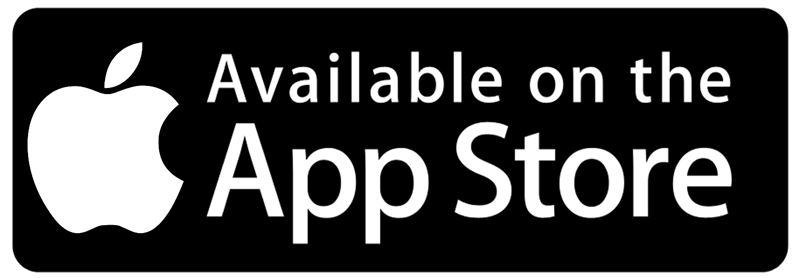How to import 3D models with a URLTo Import FBX models into ARki using a Gdrive URL
Open Gdrive / Dropbox or Onedrive app and head to the Share settings of the 3d file Change the Link settings to “Anyone with the link” Copy the link of the 3d file then open ARki app Create a new project - paste the link of the 3d file in the Import box
0 Comments
We are thrilled to launch a brand new Gallery page, and from ARki 7.1 the gallery will showcase some of most exciting projects carried out by the ARki community!
Below meet some of the innovative projects and designers working in AR. The Nextgen railway footbridges catalogue is a series of passenger footbridges, which has been put together by the Buildings and Architecture department at Network Rail. Their latest addition to the catalogue, the Futura bridge, is now made public via ARki 7.0 update.
ARki 7.0 includes a major list of new features, helping you create faster, more engaging augmented reality experiences!
We are excited to be the winning app in this years’ Architizer A+ Awards, in the apps and digital tools category.
The Architizer A+Awards is the largest awards program focused on promoting and celebrating the year’s best architecture and products. Its mission is to nurture the appreciation of meaningful design in the world and champion its potential for a positive impact on everyday life. Check out the winning products HERE! Augmented reality is an important technology for architecture and urban planning because it is based on spatial computing, therefore it has an ability to understand 3d physical spaces, buildings, and infrastructure, and overlay these with contextually relevant information. If we fast forward a few years in wearable computing - when iOS and Android are no longer supported on mobile phones, but instead on some variation of eyewear, then we can start to really explore the usefulness of AR in our everyday experiences, and the way we design, view and create architecture, and our urban environment. As designers its important to understand the value of spatial computing, as it can not only inform the way we create physical spaces, but also the way we experience the city.
|
Darf BlogWelcome to Darf Blog. Categories
All
Archives
January 2024
|
Want more Information?
Our TeamAbout
|
HelpTutorials
|
LegalTerms of Use
|
All works © Darf Design 2020
Please do not reproduce without the expressed written consent of Darf Design
Please do not reproduce without the expressed written consent of Darf Design

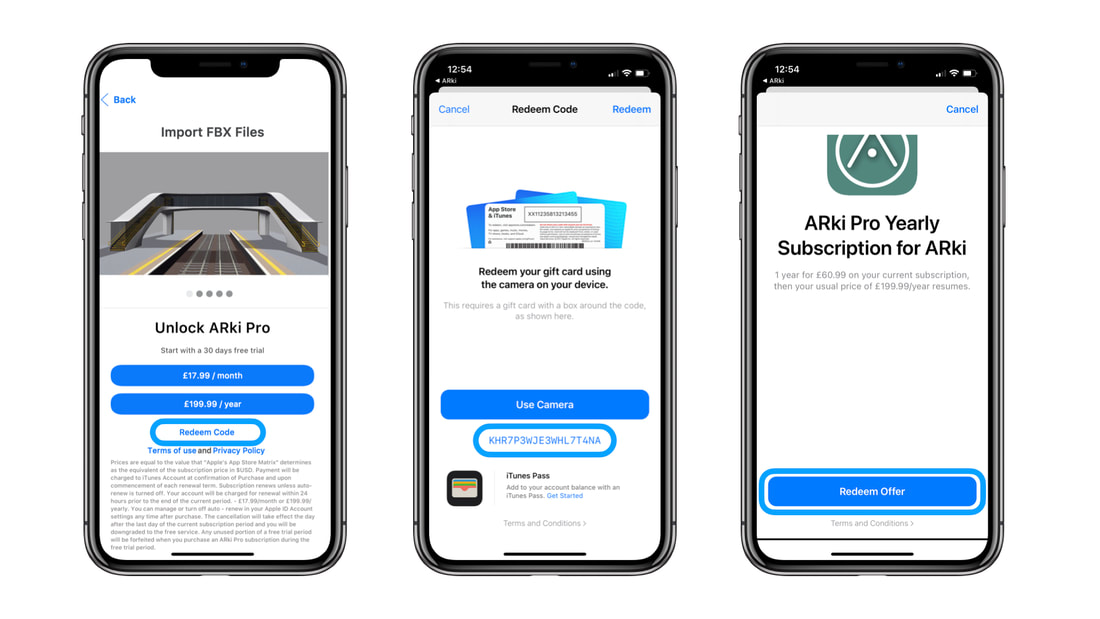
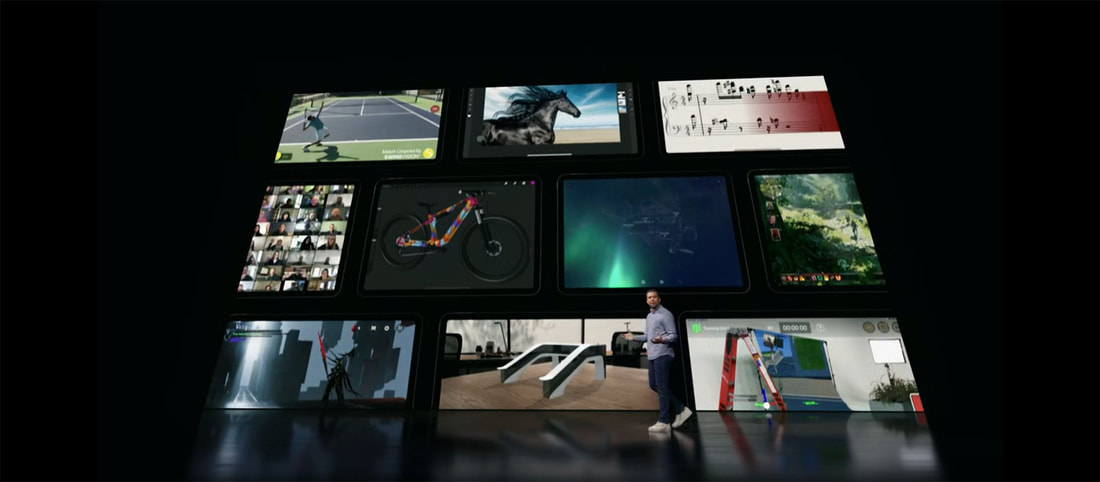
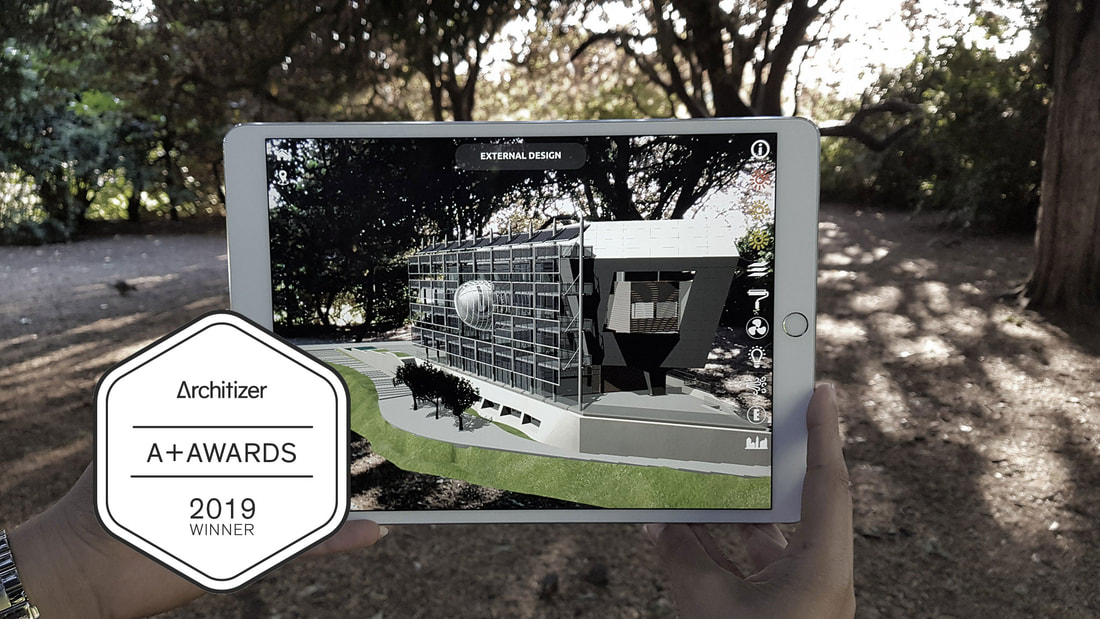
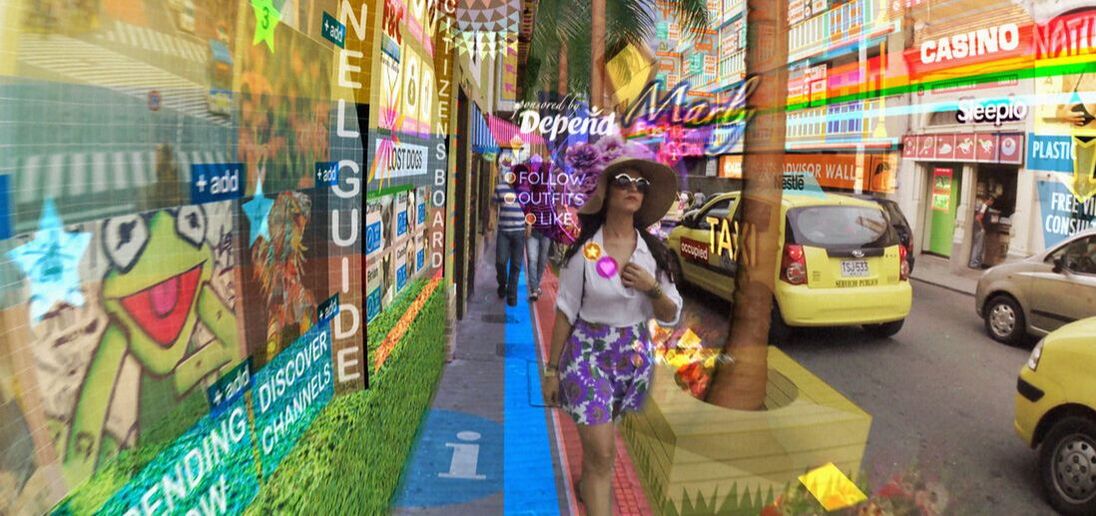
 RSS Feed
RSS Feed
